Are You 21 Or Over?
YesOr
No By clicking yes, you certify that you are over 21 years old. By using this website, you agree to our legal disclaimer.Table of Contents
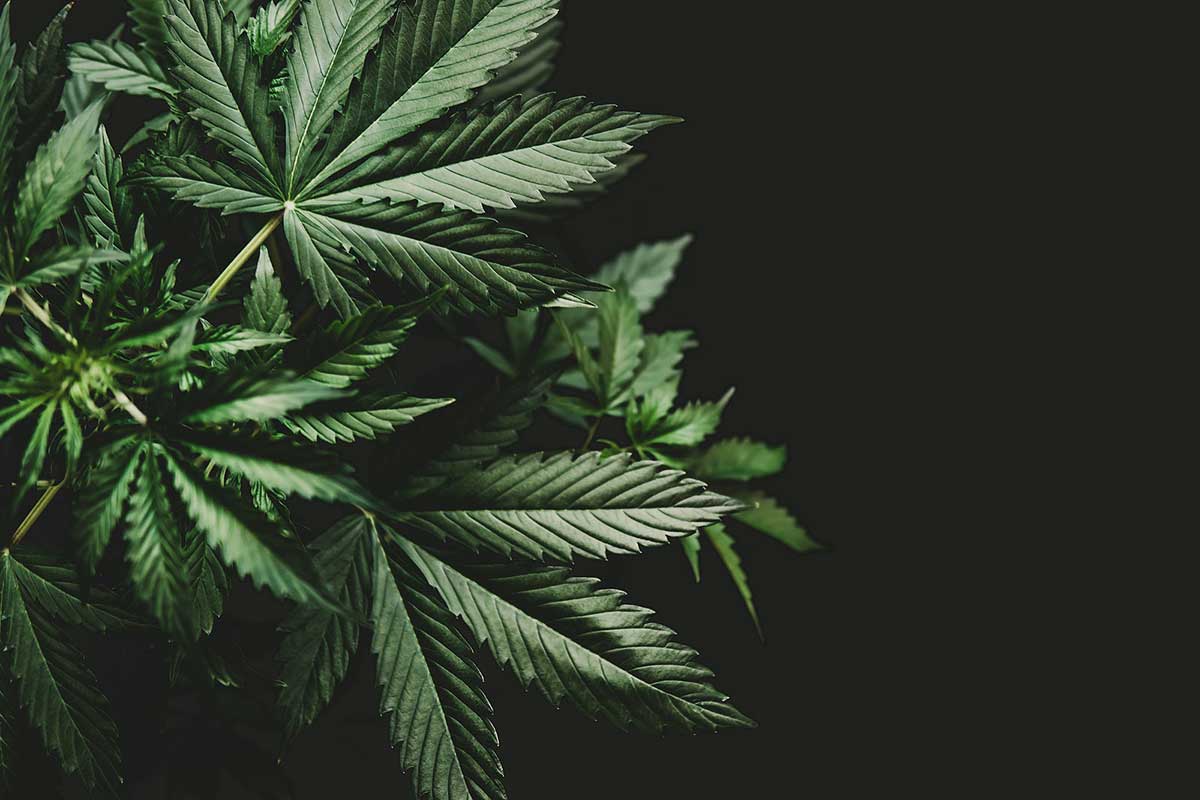
An incredibly fascinating method is cloning Cannabis Seeds. It involves taking a cut from a “mother” crop that has already been developed and using this cut to produce a completely new independent crop. And the new plant could share with both the mother the very same genes in which it was cloned. It indicates that cloning is indeed the best way for marijuana cultivators to maintain the genes of a specific strain they enjoy. All of the original features will be shared by the new clone, from either the way it tastes to the height it generates.
To several cultivators, cloning marijuana plants is indeed economically attractive. To grow the exact same strain, they don’t have to keep purchasing seeds; instead, they can simply take a cut from the coveted plant inside their crop and produce a homogeneous clone with all these advantages, it can seem that cloning ought to be a process that all growers use all the time. The process, however, does also have its limits. One major drawback is that it is very difficult, if not impossible, to successfully clone marijuana autoflowering strains. Given that autoflowering strains do have an enormous advantage over traditional strains, like standard categories and quick growth time, this can completely eliminate many cultivators from clones.
The ‘industry’ norm is photoperiod marijuana; it is the normal state of strains of THC-potent marijuana. On everything with an 18/6 and 24/0 light schedule, Sativa and Indica Cannabis Seeds can vegetate nearly continuously and will only reach complete flowering mode when their light timeline is reduced to 12/12. If cultivated outdoors, when planted at the start of the summer, developing photoperiod marijuana is only “naturally” effective, and naturally enters flowering mode also at the end of summer whenever the days are shorter.
Throughout the fall, natural marijuana grown outdoors would be ready to harvest. Without additional lighting and darkness, outdoor marijuana won’t generate normally at every other time of year. It could be better for novice growers to cultivate photoperiod marijuana indoors since it can be abused in the vegetative state and have time to recover because it can be vegetated before the grower chooses to shift the light cycle to flowering. The flowering period is usually considered to be the plant’s most fragile time, so a plant should be given the greatest consideration in its flowering period.
For the first cultivators trying to learn how to grow cannabis. Autoflower Seeds strains may not rely on meticulous care to advance through their growing phases because of ruderalis strong nature. Indoors or outside, they can be developed as the sturdy crop is easily applicable to most conditions. Self-flowering strains can be grown in favorable conditions at any time of the year. Autoflower prefers a light, airy growth environment which allows for faster growth of their root system. In living soils, which can provide shallow roots, they grow well. Autoflowering marijuana plants often react very well to correct nutrition to soilless substances and hydroponic processes. Autoflowering marijuana strains, except the light-sensitive parents, really aren’t heavy feeders. While autoflower need NPK supplements during their life cycle stages, supplies are a fragment of those given to photoperiod strains.
The main difference between autoflowering and photoperiod crops is exposure to light. The flowers were renowned for their success. Some autoflowers require about 2 months from seed until harvest, while it takes at least 4 months for photoperiod strains to complete the process. This is one of the reasons why beginners prefer auto-flowers. If a photoperiod strain grows, it requires at least 8 weeks to grow to that degree in the vegetative stage. When the cultivator is content with both the plant’s growth, by changing the light cycle, he may move the plant from the vegetative to flowering stage. On the other side, autoflowers begin flowering as fast as they reach 4-5 weeks of age. These are so quick that perhaps the grower has to maintain abreast with it; it’ll become surprisingly quick after a few harvests, though, but it’s as easy as planting the seeds and worrying about it.
By only using marijuana crops as the mother, cloning seems to be the act of producing another marijuana plant. There is a benefit for photoperiods over autoflowers in that they can be cloned many times. A single seed will, however, grow as many plants as you want. Autoflowers may be copied as well, but because the clone is of the same age as the mother, it’s a waste of time and effort. So, even if you clone the autoflower, the corresponding crop will inevitably start flowering and you will be left with a small process that makes absolutely nothing.
Photoperiod crops take a very long time to bloom. They require longer effort to mature, and they grow larger, naturally. They grow up to 5-6ft indoors, on average. They develop as high as 9-10 feet outdoors. That’s also one factor why they require mandatory training. Autoflowers are smaller genes. With these quick flowering, though growing up to 5ft outdoors, an autoflower may grow up to 2-3 feet indoors. Autoflowers may be a mixed blessing for cultivators with limited growing quarters. Because the crops are small, they are also suitable for discreet cultivation. To get stronger yields, training methods like LST and covering may be used.
When the first autoflower was released, there was a significant gap between photoperiods and autoflowers. Back then, photoperiod marijuana strains were reported at a minimum of 15% THC, and autoflowers are also no challenge for them. Each bit as powerful as photoperiods are the autoflowers produced in recent years.
To avoid unregulated growth, photoperiod crops have to be properly managed by adjusting the light period to train the scale. When you don’t mount a timer, it can be maddening. Photoperiod crops were not able to tolerate light leakage at all. Autoflowers are very sturdy. When they expand, while every single day counts, they don’t need to be managed often. When something bad happens early in the vegetative period, it’s quick to stunt an autoflower so they have a small number of days, so they don’t mind light leakage at all. In reality, autoflowers can be programmed ideally 18/6 hours with one light cycle, and that they will simply do their job even though you left them behind.
Photoperiod plants are larger. Relative to autoflowers, the yields are higher. Do not, however, kill off autoflower just yet because in the time necessary to develop one photoperiod crop, you could grow two autoflowering marijuana strains. An estimate of 600 to 700 grams each square meter is produced by many other photoperiod crops, while autoflowers produce around 450 to 550g per sq meter. If you cultivate them outdoors, the yields increase, regardless of whether they’re autoflowering or photoperiod. Autoflowers yield is greater than those of photoperiod crops. The scale of the autoflower also enables you to store more plants in smaller growing spaces, generating more yields throughout the process.
Autoflowers get a benefit against photoperiods because, as long as you want to, these can be collected indefinitely. The same about photoperiods, except for flowering and vegetative stages, you would require two different rooms because the light cycles need to be properly balanced. Autoflower doesn’t require different quarters, on the other hand, so they don’t need complex light cycles. Just when one batch is about to be planted, you could plant the seeds and attend to the seedlings, thus sparing you tons of time. Going to compare both autoflowers and photoperiods, it is easy to see autoflowers in every way fit photoperiod crops. Autoflowers get an advantage over their peers, whether it’s yield or potency, or pace. It’s a matter of personal taste having said that, however, if you like to consume buds easily, autoflowers surpass photoperiods by either a considerable distance.
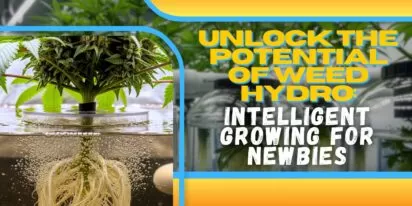
Curious about growing weed in a healthy, effective way? Welcome to the realm of weed hydro! This method uses water instead of soil, delivering n

Peyote Zkittlez is a unique cannabis strain that has quickly gained dedicated followers among enthusiasts and patients alike. Its parentage—Zk
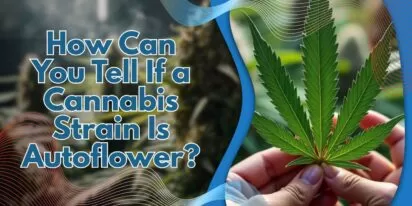
As growers, we want strains that work well, are strong, and are of good quality. Autoflowering cannabis strains are a big step forward for both
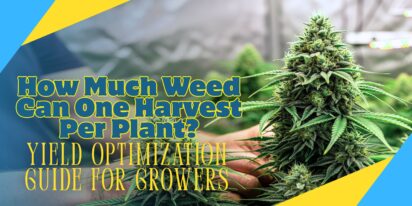
Pot growers always ask the same basic question: How much weed does a weed plant produce? The answer is complex and depends on a multitude of var

Ever had the room spin after a few hits? You're not alone. Figuring out how to prevent getting dizzy high can make your cannabis experience a wh
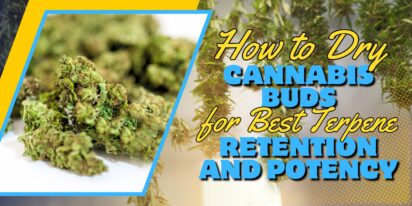
Drying cannabis properly is a critical process in preserving the plant's full aroma and flavor and its psychoactive abilities. Tampering with th

Ever caught yourself a bit too high and all of a sudden in need of being normal? Whether you're heading out for munchies or bumping into someone

Looking for sage advice on how not to get pinched with weed without batting an eye? Attempting to protect your stash from gossipy roommates, sno
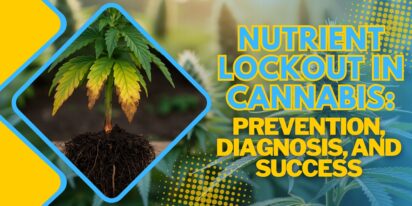
Nutrient lockout, also known as nutrient binding or chemical antagonism, is a significant issue in cannabis cultivation that negatively impacts
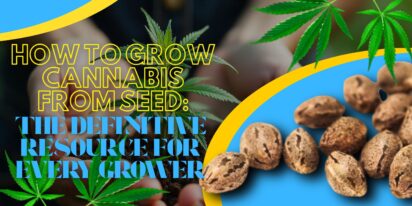
Germination is the most critical initial stage in growing healthy, high-quality cannabis plants. During germination, the dormant seed becomes a
Are You 21 Or Over?
YesOr
No By clicking yes, you certify that you are over 21 years old. By using this website, you agree to our legal disclaimer.
Excellent blog here Also your website loads up very fast What web host are you using Can I get your affiliate link to your host I wish my web site loaded up as quickly as yours lol
Your writing is not only informative but also incredibly inspiring. You have a knack for sparking curiosity and encouraging critical thinking. Thank you for being such a positive influence!
Simply wish to say your article is as amazing The clearness in your post is just nice and i could assume youre an expert on this subject Well with your permission let me to grab your feed to keep updated with forthcoming post Thanks a million and please carry on the gratifying work
Somebody essentially lend a hand to make significantly articles Id state That is the very first time I frequented your website page and up to now I surprised with the research you made to make this actual submit amazing Wonderful task
Your blog is a beacon of light in the often murky waters of online content. Your thoughtful analysis and insightful commentary never fail to leave a lasting impression. Keep up the amazing work!
Thank you for the auspicious writeup It in fact was a amusement account it Look advanced to more added agreeable from you By the way how could we communicate
Your blog is a constant source of inspiration for me. Your passion for your subject matter shines through in every post, and it’s clear that you genuinely care about making a positive impact on your readers.
Your blog is a constant source of inspiration for me. Your passion for your subject matter is palpable, and it’s clear that you pour your heart and soul into every post. Keep up the incredible work!
Your articles never fail to captivate me. Each one is a testament to your expertise and dedication to your craft. Thank you for sharing your wisdom with the world.
Your blog is a testament to your dedication to your craft. Your commitment to excellence is evident in every aspect of your writing. Thank you for being such a positive influence in the online community.
Your writing has a way of resonating with me on a deep level. I appreciate the honesty and authenticity you bring to every post. Thank you for sharing your journey with us.
Your blog is a true gem in the world of online content. I’m continually impressed by the depth of your research and the clarity of your writing. Thank you for sharing your wisdom with us.
Hi i think that i saw you visited my web site thus i came to Return the favore Im attempting to find things to enhance my siteI suppose its ok to use a few of your ideas
Somebody essentially help to make significantly articles Id state This is the first time I frequented your web page and up to now I surprised with the research you made to make this actual post incredible Fantastic job
Usually I do not read article on blogs however I would like to say that this writeup very compelled me to take a look at and do so Your writing taste has been amazed me Thanks quite nice post
Your blog has quickly become one of my favorites. Your writing is both insightful and thought-provoking, and I always come away from your posts feeling inspired. Keep up the phenomenal work!
Every time I visit your website, I’m greeted with thought-provoking content and impeccable writing. You truly have a gift for articulating complex ideas in a clear and engaging manner.
Hey there You have done a fantastic job I will certainly digg it and personally recommend to my friends Im confident theyll be benefited from this site
I have read some excellent stuff here Definitely value bookmarking for revisiting I wonder how much effort you put to make the sort of excellent informative website
Nice blog here Also your site loads up very fast What host are you using Can I get your affiliate link to your host I wish my site loaded up as quickly as yours lol
What i do not understood is in truth how you are not actually a lot more smartlyliked than you may be now You are very intelligent You realize therefore significantly in the case of this topic produced me individually imagine it from numerous numerous angles Its like men and women dont seem to be fascinated until it is one thing to do with Woman gaga Your own stuffs nice All the time care for it up
Your blog is a beacon of light in the often murky waters of online content. Your thoughtful analysis and insightful commentary never fail to leave a lasting impression. Keep up the amazing work!
Your blog is a breath of fresh air in the often stagnant world of online content. Your thoughtful analysis and insightful commentary never fail to leave a lasting impression. Thank you for sharing your wisdom with us.
Your blog is a beacon of light in the often murky waters of online content. Your thoughtful analysis and insightful commentary never fail to leave a lasting impression. Keep up the amazing work!
Usually I do not read article on blogs however I would like to say that this writeup very compelled me to take a look at and do it Your writing style has been amazed me Thank you very nice article
Your writing has a way of resonating with me on a deep level. I appreciate the honesty and authenticity you bring to every post. Thank you for sharing your journey with us.
This hydroponics guide is quite the buzz, seriously! Who knew growing weed without dirt could be so complicated yet potentially rewarding? The breakdown of systems like DWC and NFT is helpful, though I suspect my cat might confuse the air pump for a toy. The idea of cleaner buds is tempting, especially since explaining hydro weed to my non-growing friends might get messy. And the bit about potential dizziness from hydro weed? Perfect, now I have an excuse for why I always stumble a bit after a grow session. Still, the promise of faster grows and higher yields is hard to ignore, even if it means more trips to the pH meter than to the coffee shop. Overall, a cultivating read for the curious grower!